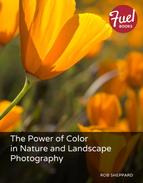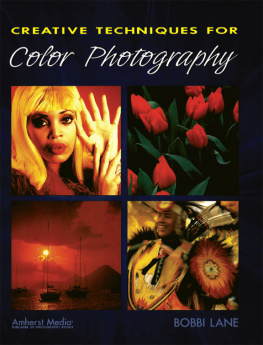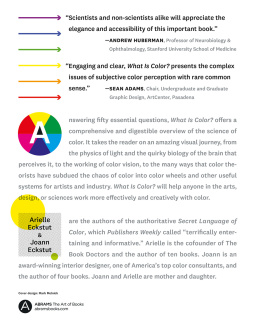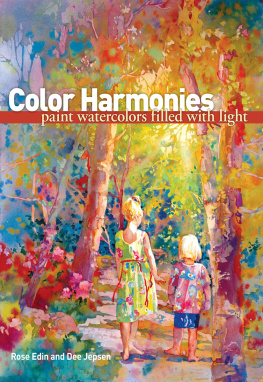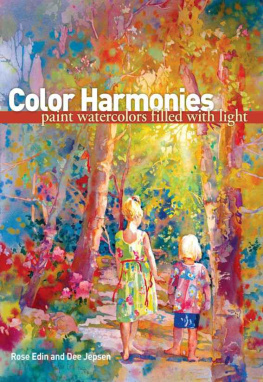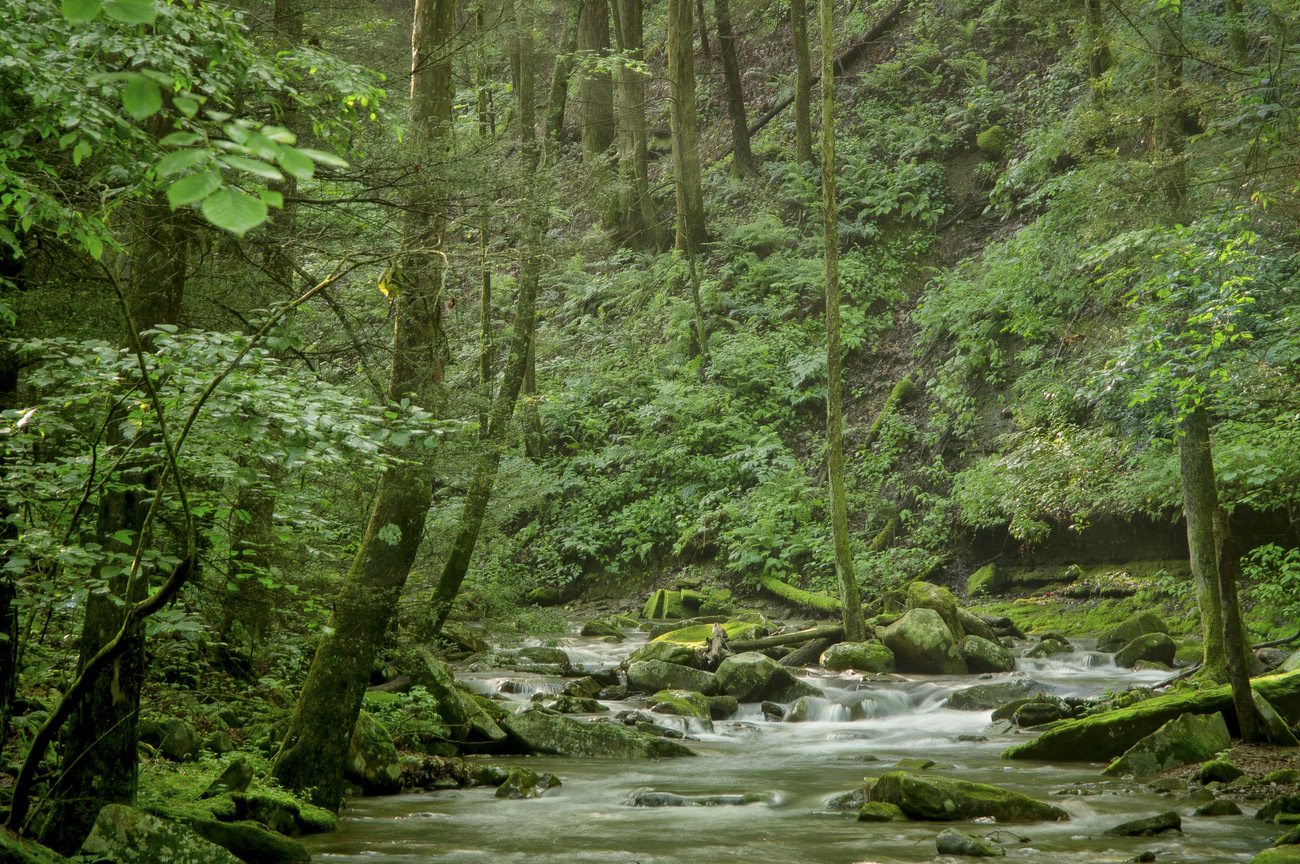Color is a key part of our lives. Color guides usconsider red, yellow, and green traffic lights. It affects our impressions of the worldthink about how you feel in a green forest, a field of yellow flowers, or a red rock desert.
Color is not just something that is in nature. By becoming aware of color as more than a record of the world, you can use color to affect mood, impact, likeability, feelings, and impressions about a subject. This is not about Photoshopping an image, either, but about how you see and interact with the color in front of you. This book will suggest tactics and techniques for looking at and mastering color in photography.
This photo is about color as much as it is about a specific place in the Santa Monica Mountains National Recreation Area outside of Los Angeles. When you start looking for color and its effects, then a photograph very often becomes more than simply the subject. This will make your photos deeper and stronger, offering a richer experience for the viewer.
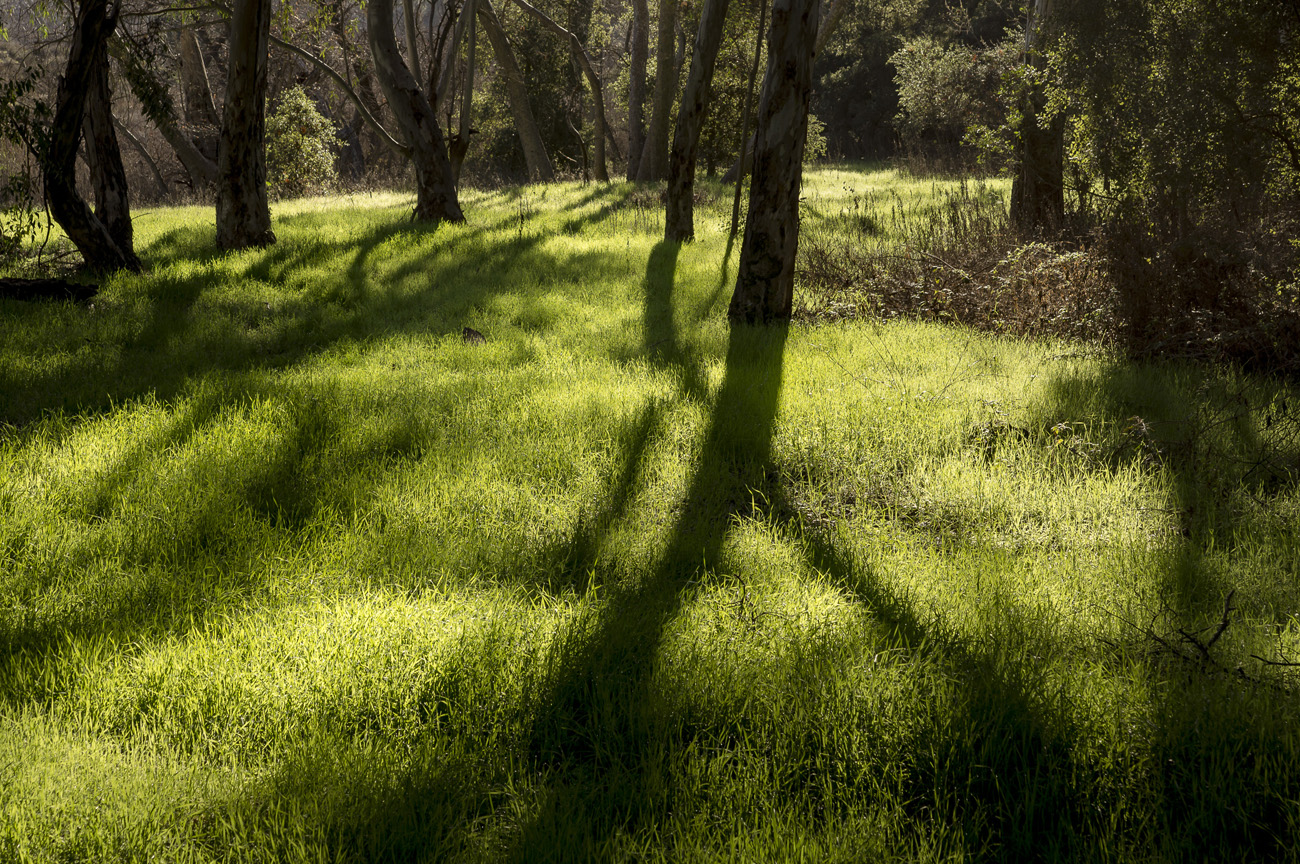
ISO 100, 1/100, f/9, 50mm (APS-C)
The color in this grassy glade is strongly affected by the backlight, the dark shadows, and the dark tree trunks.
TIP
Focal length is meaningless without a format, so format is noted. I used to shoot APS-C format cameras, but now I shoot with Panasonic Lumix Micro Four Thirds DSLM cameras (which are the same format as Four Thirds).
Color Is not Just Whats There
Sometimes I hear the statement, I dont worry about anything except getting a good, sharp photo. Nature is perfect and doesnt need anything else.
Well, nature may be perfect, but cameras arent. And whatever we do when photographing, we can only capture a limited view of the real world. Standing in a beautiful location offers us a 360 degree, immersive experience that includes wind, sun, sounds, and more that simply cannot be stuffed inside a small camera. This is one reason why photographers are disappointed in their photos of a great natural location. They cannot duplicate the experience as they felt it.
For that reason, photography is always interpretation. It cannot be anything else. We can interpret the scene in front of us so that it becomes an effective photo. I believe that is important because nature matters. The natural world deserves the best we can offer in our photography, and how we interpret color is a big part of that.
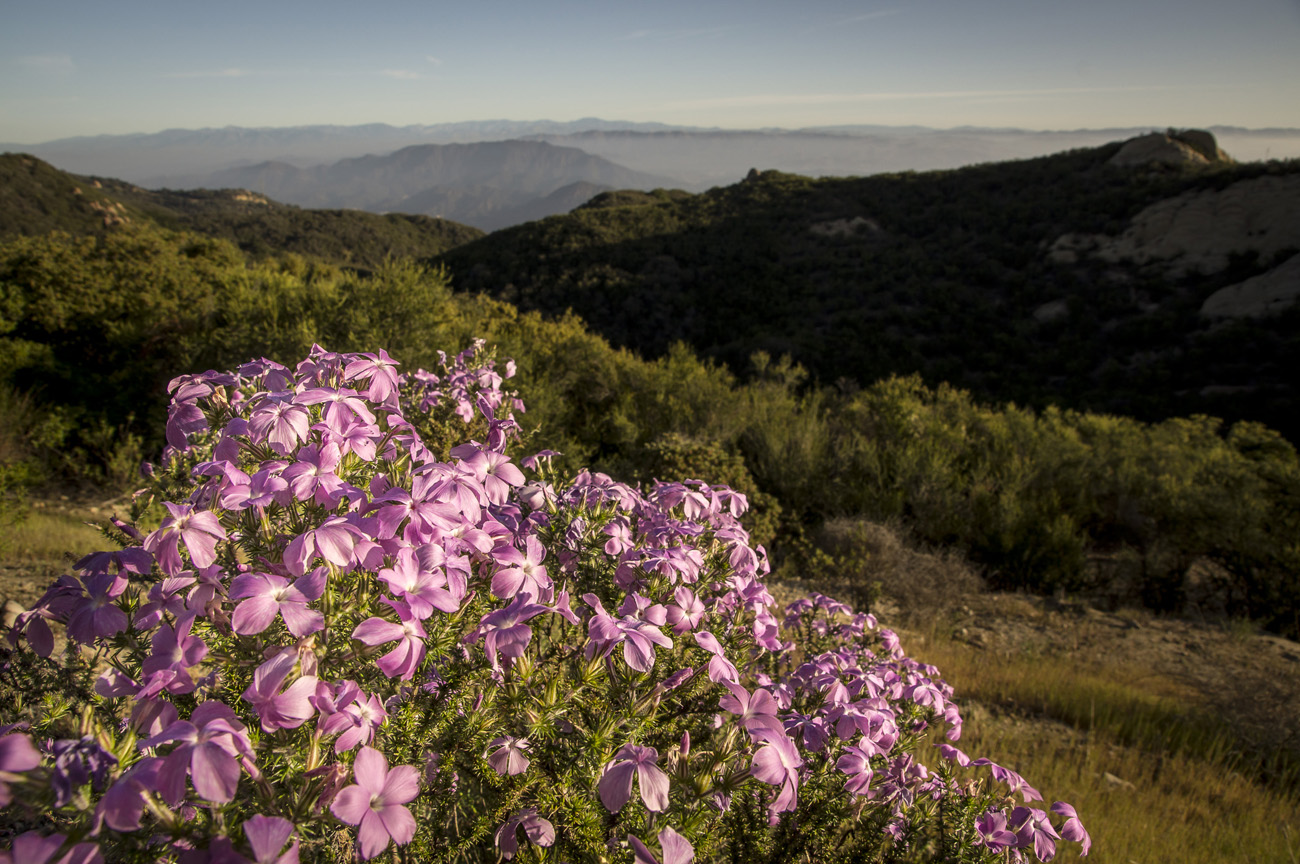
ISO 100, 1/125, f/13, 16mm (APS-C)
Many things impact our impression of the color in this photo, including the slight amount of blue sky, the dark shadows, the low sun, the white balance, and even the depth of field. Prickly phlox,Santa Monica Mountains,California.
Every time you take a picture, you are making choices: shutter speed and f-stop, focal length, composition, what is in the foreground, what is in the background, how to use light, what to do with shadow, and so on. Most of those choices affect color, how it appears in your photo, and how a viewer of your image perceives it.
Color is highly subjective as you will see. That does not mean that you might call a color orange and I call it red. What this means is that we all perceive color differently depending on conditions. Color is not a constant. A color surrounded by black looks very different than that same color surrounded by white. And both of these look different than that same color surrounded by a bright blue or other color. So the choices we make about how we photograph a scene always affect color.
How can you get the most from this book? Not by memorizing every technique. What you can gain from the book is an understanding of color and how it affects photography. You will learn how to look at color differently and to use it effectively as you take pictures of your favorite locations.
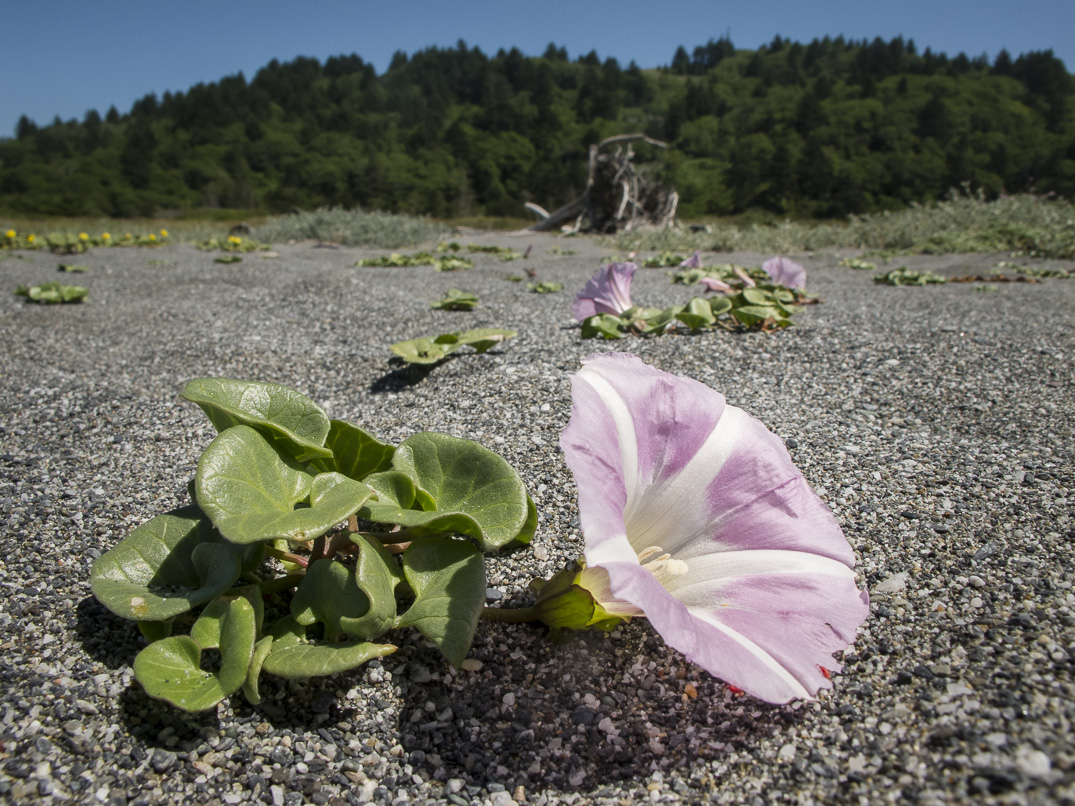
ISO 100, 1/250, f/11, 14mm (Four Thirds)
The dark gray sand around the flower and plant is more than settingit changes how we see the colors of this sand verbena in the Redwood National Park, California.
Colors change even when the color doesnt change!
The flower here is the same identical flower copied in Photoshop to different layers. The color of the flower, a poppy, does not change. Yet, when different colors sit behind the flowers, we start to perceive the color differently. The appearance of the color does change. The identical colors do not look identical because of the way colors interact with each other. This has a big impact on our photography because it means that changing backgrounds by changing camera position, for example, can change colors.

